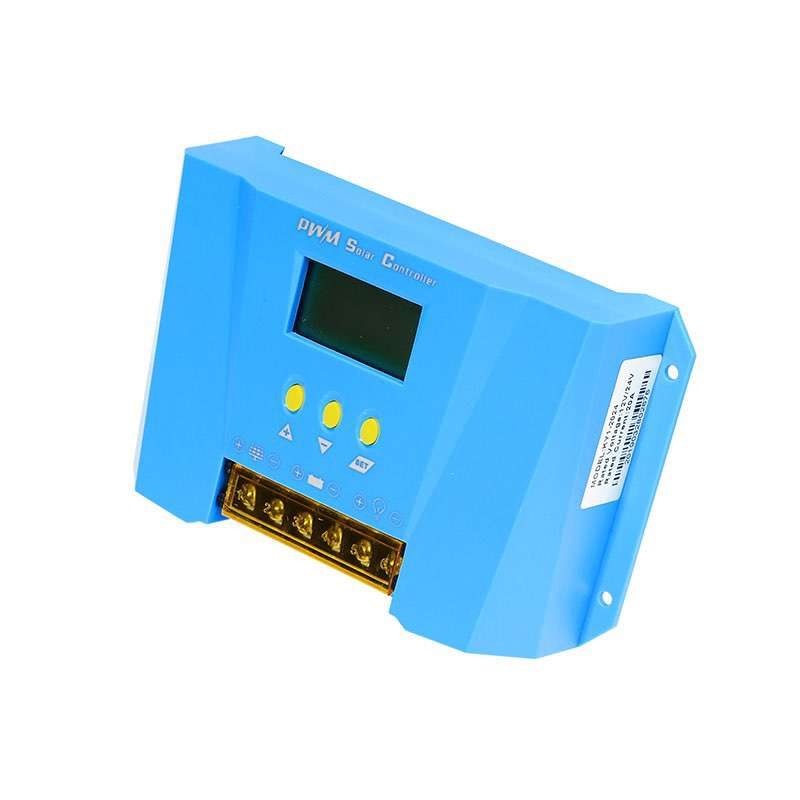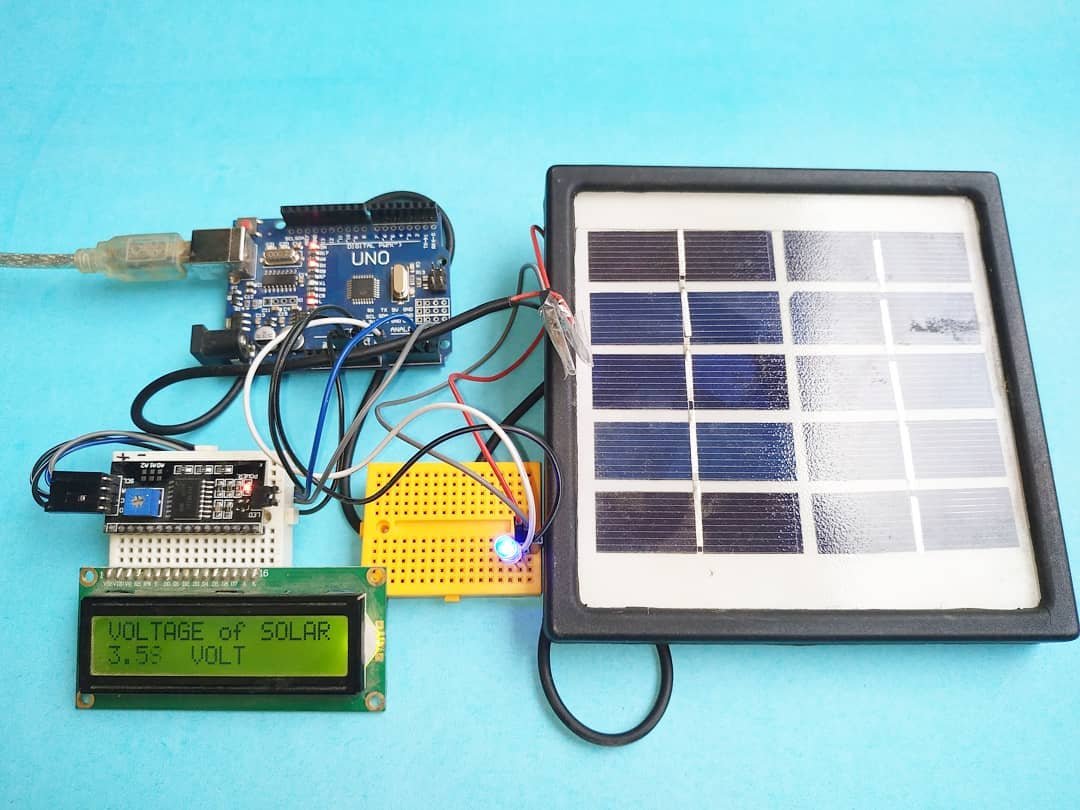Solar panel voltage too high is a common problem that can have serious consequences for your solar system. In this article, we’ll explore the causes and consequences of high solar panel voltage, and we’ll provide tips on how to troubleshoot and prevent this problem.
The content of the second paragraph that provides descriptive and clear information about the topic
Solar Panel Voltage: Understanding Normal Ranges
Solar panel voltage is a crucial parameter that determines the efficiency and performance of a photovoltaic system. Understanding the typical voltage range and factors affecting it is essential for optimizing system design and ensuring reliable power generation.
Factors Affecting Solar Panel Voltage
Several factors can influence solar panel voltage, including:
- Solar Irradiance: The amount of sunlight reaching the panel directly affects its voltage output. Higher irradiance levels result in increased voltage.
- Temperature: As the temperature of the panel increases, its voltage output decreases. This is known as the temperature coefficient of voltage.
- Panel Orientation and Tilt: The angle at which the panel is positioned relative to the sun can impact its voltage output. Optimal orientation and tilt maximize sunlight exposure and voltage generation.
- Shading: Partial shading of the panel can cause voltage drops in the affected cells, reducing the overall voltage output.
- Panel Degradation: Over time, solar panels may experience degradation, which can lead to a gradual decrease in voltage output.
Typical Solar Panel Voltage Ranges
The typical voltage range for most crystalline silicon solar panels under standard test conditions (STC) is between 15 and 20 volts. However, this range can vary depending on the panel’s size, efficiency, and other factors.
- Small Solar Panels (up to 100 watts): 15-18 volts
- Medium Solar Panels (100-300 watts): 18-20 volts
- Large Solar Panels (over 300 watts): 20-22 volts
Examples of Solar Panel Voltage Readings, Solar panel voltage too high
Here are some examples of solar panel voltage readings under different conditions:
- Sunny Day, Optimal Orientation: 19.5 volts
- Cloudy Day, Partial Shading: 17.2 volts
- High Temperature, Afternoon Sun: 18.6 volts
- Degraded Panel, 5 Years Old: 16.8 volts
Causes of High Solar Panel Voltage
High solar panel voltage can result from various factors, ranging from mismatched panels to environmental conditions. Understanding these causes is crucial for effective troubleshooting and ensuring optimal system performance.
The following are common causes of high solar panel voltage:
Mismatched Panels
When solar panels with different electrical characteristics are connected in a series, it can lead to voltage imbalances. Panels with higher voltage ratings will produce more voltage, causing the overall system voltage to rise.
If the voltage of your solar panels is too high, it can damage your inverter or other electrical components. To avoid this, you need to connect your solar panels to the grid in a way that reduces the voltage. How to connect solar panels to the grid provides detailed instructions on how to do this safely and efficiently.
Once your solar panels are connected to the grid, you can monitor their performance and make sure that the voltage is within the safe range.
Faulty Wiring
Loose connections, damaged wires, or incorrect wiring can create resistance in the system, leading to voltage spikes. Poor-quality wiring may not be able to handle the high voltage generated by the panels, resulting in overheating and potential safety hazards.
Inverter Issues
The inverter is responsible for converting DC power from the solar panels into AC power for household use. Faulty inverters or improper settings can cause the output voltage to be higher than normal.
Environmental Factors
Extreme temperatures, such as high ambient temperatures, can affect the voltage output of solar panels. As the temperature increases, the panel’s voltage decreases, leading to a potential increase in system voltage if the panels are not properly designed for the local climate.
Consequences of High Solar Panel Voltage

Excessive solar panel voltage can have detrimental effects on a photovoltaic (PV) system, compromising its efficiency, longevity, and overall safety. Here are the key consequences:
Panel Efficiency
High voltage can lead to a decrease in panel efficiency. When the voltage exceeds the optimal range, the panel’s power output suffers. This occurs because the excess voltage causes increased resistance in the panel’s cells, hindering the flow of current and reducing the panel’s ability to convert sunlight into electricity.
Inverter Lifespan
Inverters, which convert DC power from the panels to AC power for use in homes or businesses, are sensitive to voltage fluctuations. Prolonged exposure to high voltage can shorten the lifespan of the inverter. Overvoltage can cause internal components to overheat, leading to premature failure and costly replacements.
System Safety
High solar panel voltage poses safety risks. Excessive voltage can cause arcing, a dangerous electrical discharge that can ignite fires. Additionally, high voltage can damage electrical components, increasing the risk of shocks or electrocution. Proper system design and maintenance are crucial to prevent these hazards.
Troubleshooting High Solar Panel Voltage: Solar Panel Voltage Too High

Troubleshooting high solar panel voltage involves a series of steps to identify and resolve the underlying cause. It is crucial to approach the troubleshooting process systematically and follow safety guidelines to avoid potential hazards.
Checking Panel Connections
- Visually inspect the panel connections for any loose or damaged wires.
- Tighten any loose connections using the appropriate tools.
- Check for any corrosion or oxidation on the connectors and clean them if necessary.
Inspecting Wiring
- Examine the wiring throughout the system for any signs of damage or insulation breaches.
- Look for any exposed wires or connections that may cause short circuits.
- Ensure that the wiring is properly sized and rated for the system’s voltage and current.
Testing the Inverter
- Check the inverter’s display or monitoring system for any error codes or warnings.
- Disconnect the inverter from the grid and measure the voltage output directly.
- Compare the measured voltage to the manufacturer’s specifications and troubleshoot any discrepancies.
By following these troubleshooting steps, it is possible to isolate and resolve the underlying cause of high solar panel voltage. It is important to note that the troubleshooting process may require specialized tools and knowledge. If the problem persists or if there are any safety concerns, it is recommended to contact a qualified solar installer for assistance.
Preventing High Solar Panel Voltage

Proactively preventing high solar panel voltage is crucial for maintaining system longevity and optimal performance. Implementing best practices can mitigate risks and ensure a stable and efficient solar installation.
Proper System Design and Installation
Meticulous system design and professional installation are paramount. Factors such as panel orientation, tilt angle, and string configuration must be carefully considered to minimize voltage spikes. Adhering to manufacturer specifications and industry standards ensures compatibility and optimal system operation.
Regular Maintenance and Monitoring
Regular maintenance and monitoring are essential for early detection and prevention of high solar panel voltage. Routine inspections should include visual checks for loose connections, damaged wires, or any other irregularities. Performance monitoring systems can provide real-time data, allowing for proactive adjustments to prevent voltage issues.
Using Compatible Components
Utilizing compatible components throughout the solar system is crucial. Panels, inverters, and other equipment should be designed to work harmoniously. Mismatched components can lead to voltage imbalances and potential damage. Compatibility ensures a seamless and efficient energy conversion process.
Benefits of Preventive Measures
Implementing preventive measures offers numerous benefits, including:
- Extended system lifespan: Preventing high voltage protects components from damage, extending their lifespan and reducing replacement costs.
- Enhanced performance: Stable voltage ensures optimal energy conversion, maximizing power output and reducing energy losses.
- Improved safety: Mitigating voltage spikes reduces the risk of electrical hazards, ensuring a safe and reliable system.
Final Review
By following the tips in this article, you can help prevent high solar panel voltage and keep your solar system running smoothly.
Popular Questions
What are the causes of high solar panel voltage?
There are a number of factors that can cause high solar panel voltage, including mismatched panels, faulty wiring, inverter issues, and environmental factors.
What are the consequences of high solar panel voltage?
High solar panel voltage can have a number of negative consequences, including reduced panel efficiency, shortened inverter lifespan, and system safety hazards.
How can I troubleshoot high solar panel voltage?
To troubleshoot high solar panel voltage, you can check the panel connections, inspect the wiring, and test the inverter.
How can I prevent high solar panel voltage?
To prevent high solar panel voltage, you can use compatible components, design and install your system properly, and perform regular maintenance and monitoring.


